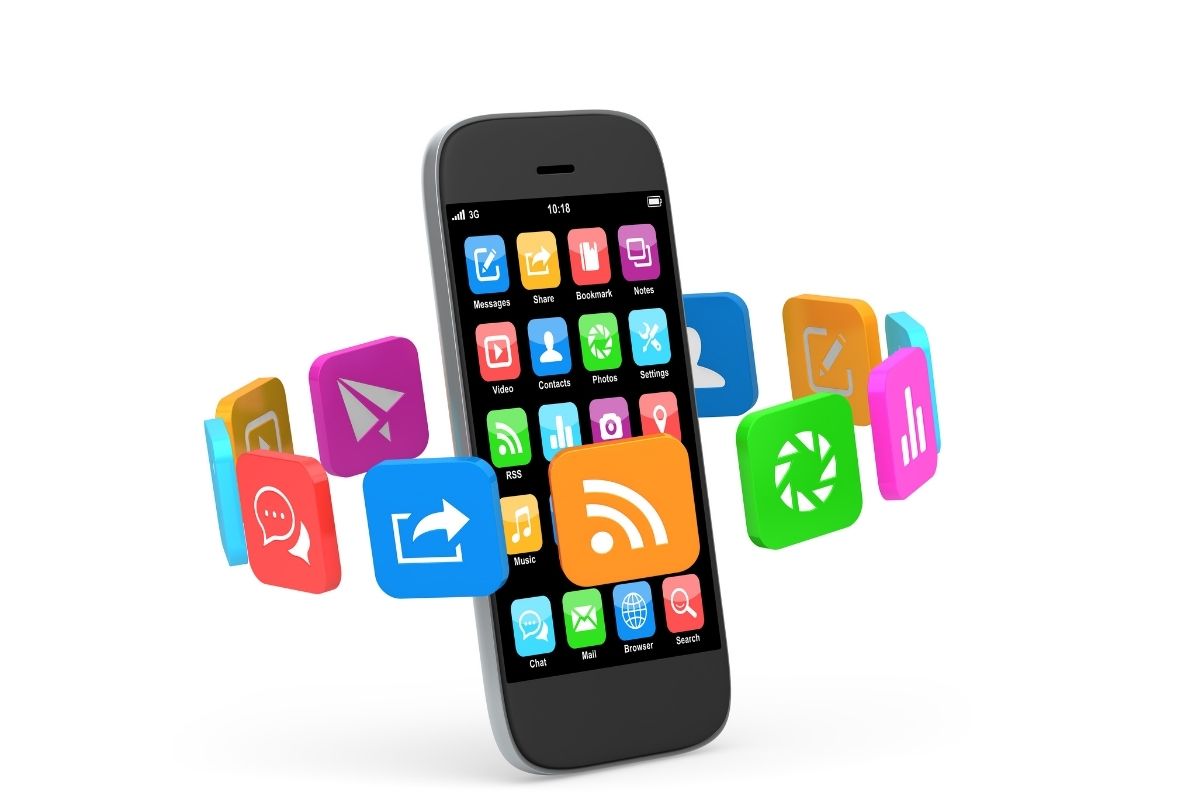Artificial Intelligence: The Technology Reshaping Our World Today

Have you ever wondered how your smartphone knows exactly which photos have your friends in them? Or how Netflix seems to understand your taste in movies better than your own family? These everyday experiences are powered by artificial intelligence (AI), a technology that’s rapidly changing our world in ways both visible and invisible. In this article, I’ll take you on a journey through the fascinating world of AI, explaining what it is and how it’s transforming our lives – all in plain, simple language that anyone can understand.
What is Artificial Intelligence?
Artificial Intelligence is a computer system designed to perform tasks that normally require human intelligence. These tasks include learning from experience, understanding language, recognizing patterns, solving problems, and making decisions. Unlike traditional computer programs that follow specific instructions, AI systems can learn and adapt on their own.
Think of it this way: A regular computer program is like a detailed recipe that a chef follows exactly. AI, on the other hand, is more like teaching someone the basics of cooking and then letting them experiment and improve on their own. They might make mistakes at first, but over time, they learn what works and what doesn’t.
How AI Works in Simple Terms
AI works by processing enormous amounts of data to find patterns and make predictions. Here’s a simple breakdown:
Learning from Data
AI systems are trained using data – lots and lots of data. For example, to teach an AI to recognize cats in photos, developers might show it thousands of cat pictures. The AI looks for common patterns in these images and learns to identify what makes a cat look like a cat.
Making Predictions
Once trained, AI can make predictions or decisions based on new information. When you upload a new photo to your phone, the AI can say, “This looks like your friend Sarah” because it matches patterns it learned from previous photos of Sarah.
Improving Over Time
The more data an AI system processes, the better it gets. This is why your music streaming service gets better at recommending songs you’ll like the more you use it.
AI in Our Everyday Lives
You might not realize it, but AI is already a big part of your daily life. Here are some examples:
Virtual Assistants
Siri, Alexa, and Google Assistant use AI to understand your voice commands and respond accordingly. They learn your preferences over time and get better at helping you.
Social Media
When you scroll through your social media feed, AI determines which posts you see based on what it thinks you’ll find most interesting. It learns from your past behavior – what posts you’ve liked, commented on, or shared.
Online Shopping
Ever notice how Amazon seems to know exactly what you want to buy next? That’s AI analyzing your browsing and purchase history to make personalized recommendations.
Healthcare
AI helps doctors diagnose diseases, plan treatments, and even predict health problems before they happen. For example, AI systems can analyze medical images to detect early signs of cancer that might be missed by human eyes.
Banking and Finance
When you get a fraud alert from your bank, that’s AI at work. It learns normal spending patterns and flags unusual transactions that might be fraudulent.
How AI is Changing Industries
Artificial Intelligence isn’t just making our personal lives easier – it’s transforming entire industries:
Manufacturing
Robots powered by AI can work alongside humans in factories, handling repetitive or dangerous tasks. They can detect defects in products that might be invisible to human workers.
Transportation
Self-driving cars use AI to navigate roads, avoid obstacles, and make split-second decisions. While fully autonomous vehicles aren’t mainstream yet, features like automatic braking and lane-keeping assistance are already making driving safer.
Agriculture
Farmers are using AI to monitor crop health, predict weather patterns, and optimize irrigation. This helps them grow more food with fewer resources.
Education
AI tutoring systems can provide personalized learning experiences, adapting to each student’s pace and learning style. They can identify areas where a student is struggling and provide extra help.
Customer Service
Those helpful chat boxes that pop up on websites? Many of them are powered by AI. They can answer common questions, help you find products, and connect you with a human agent when needed.
The Benefits of Artificial Intelligence
AI brings many positive changes to our world:
Efficiency and Productivity
AI can handle routine tasks quickly and accurately, freeing up humans to focus on more creative and meaningful work.
Improved Safety
From detecting cyber threats to preventing accidents in dangerous workplaces, AI helps keep us safe in countless ways.
Better Healthcare
AI can help detect diseases earlier, develop new treatments faster, and make healthcare more accessible to people around the world.
Environmental Protection
AI helps scientists monitor climate change, track endangered species, and develop more sustainable technologies.
Enhanced Accessibility
AI-powered tools like real-time translation and text-to-speech help break down barriers for people with disabilities.
Challenges and Concerns About AI
While AI offers many benefits, it also raises important questions and challenges:
Job Displacement
As AI takes over certain tasks, some jobs might disappear. However, history shows that new technologies typically create new types of jobs as well.
Privacy Concerns
AI systems often rely on large amounts of personal data, raising questions about privacy and data security.
Bias and Fairness
AI systems can inherit biases from the data they’re trained on, potentially leading to unfair or discriminatory outcomes.
Safety and Control
As AI systems become more advanced, ensuring they behave safely and as intended becomes increasingly important.
The Digital Divide
There’s a risk that AI benefits might not be equally distributed, potentially widening the gap between technological haves and have-nots.
The Future of AI
What might the future hold for artificial intelligence? While nobody knows for sure, here are some possibilities:
More Natural Interactions
Future AI might communicate with us in ways that feel completely natural, making technology more accessible to everyone.
Greater Personalization
AI could tailor experiences to our individual needs and preferences in increasingly sophisticated ways.
Solving Complex Problems
AI might help us tackle some of our biggest challenges, from curing diseases to addressing climate change.
New Forms of Creativity
AI is already helping create art, music, and literature. In the future, it might open up entirely new forms of creative expression.
Ethical AI Development
As AI becomes more powerful, developing ethical guidelines and responsible practices will become increasingly important.
How to Prepare for an AI-Driven Future

With AI becoming more prevalent, how can we prepare?
Lifelong Learning
The jobs of the future may require different skills than today’s jobs. Developing a habit of continuous learning will help you adapt.
Digital Literacy
Understanding the basics of how technology works, including AI, will help you navigate an increasingly digital world.
Critical Thinking
As AI systems become more sophisticated, the ability to think critically about information and technology will become more valuable.
Ethical Awareness
Being aware of the ethical implications of AI and advocating for responsible technology use will be important for everyone.
Embracing Change
Perhaps most importantly, maintaining an open mind and adaptability will help you thrive in a rapidly changing world.
Conclusion
Artificial Intelligence is not just a futuristic concept from science fiction – it’s here now, reshaping our world in countless ways. From the smartphones in our pockets to the healthcare we receive, AI is working behind the scenes to make our lives easier, safer, and more connected.
While AI brings challenges that we must address thoughtfully, its potential to solve problems and improve lives is enormous. By understanding what AI is and how it works, we can all participate in shaping a future where technology serves humanity’s best interests.
The AI revolution isn’t something happening to us – it’s something we’re all part of. By staying informed, asking good questions, and engaging with these technologies thoughtfully, we can help ensure that AI develops in ways that benefit everyone.
Key Takeaways
- Artificial Intelligence is computer technology that can learn, adapt, and perform tasks that typically require human intelligence.
- AI works by processing large amounts of data to find patterns and make predictions.
- AI is already part of our everyday lives through virtual assistants, social media, online shopping, healthcare, and banking.
- Major industries being transformed by AI include manufacturing, transportation, agriculture, education, and customer service.
- Benefits of AI include increased efficiency, improved safety, better healthcare, environmental protection, and enhanced accessibility.
- Challenges include potential job displacement, privacy concerns, bias issues, safety considerations, and the digital divide.
- The future might bring more natural human-AI interactions, greater personalization, solutions to complex problems, new forms of creativity, and ethical AI development.
- Preparing for an AI-driven future involves lifelong learning, digital literacy, critical thinking, ethical awareness, and embracing change.


